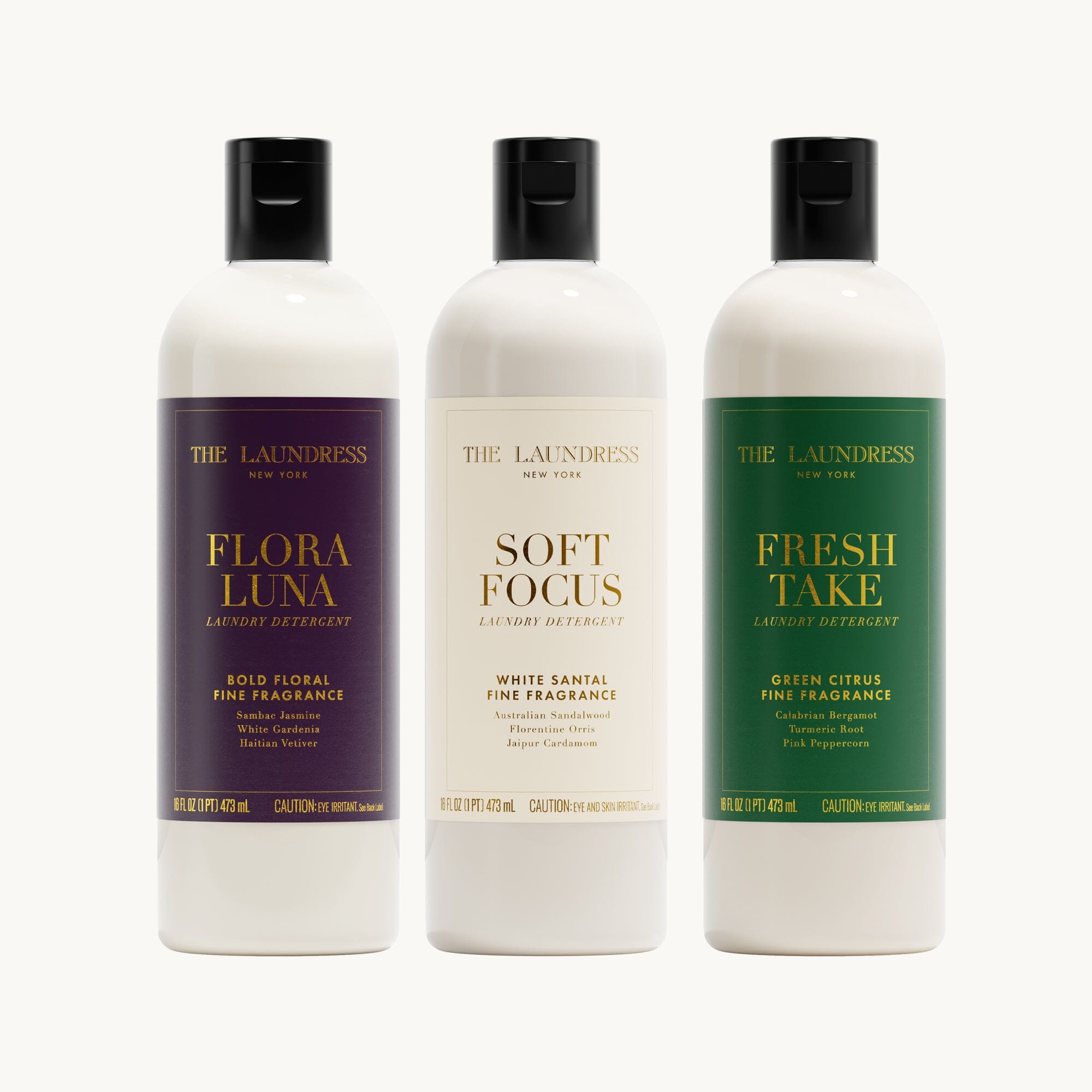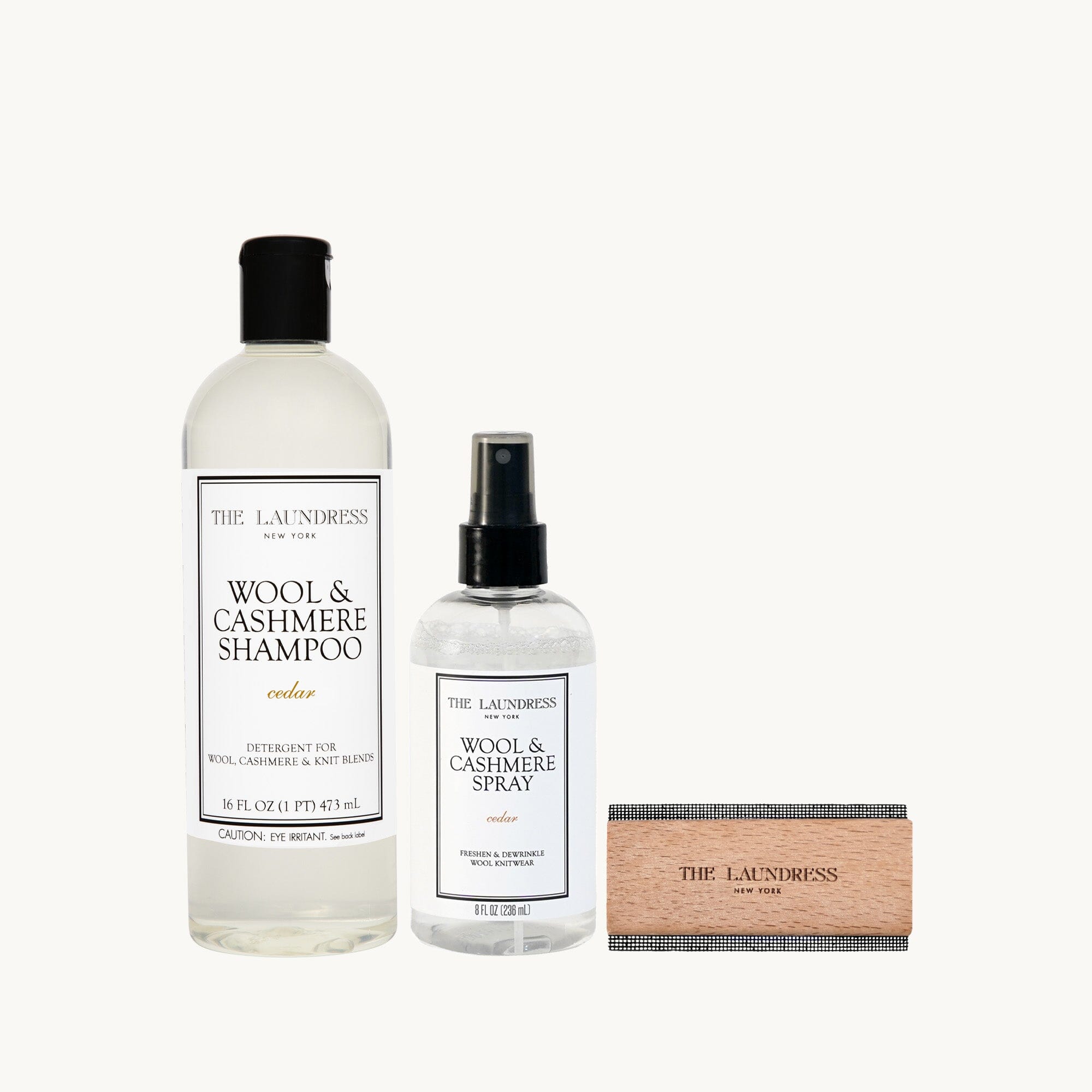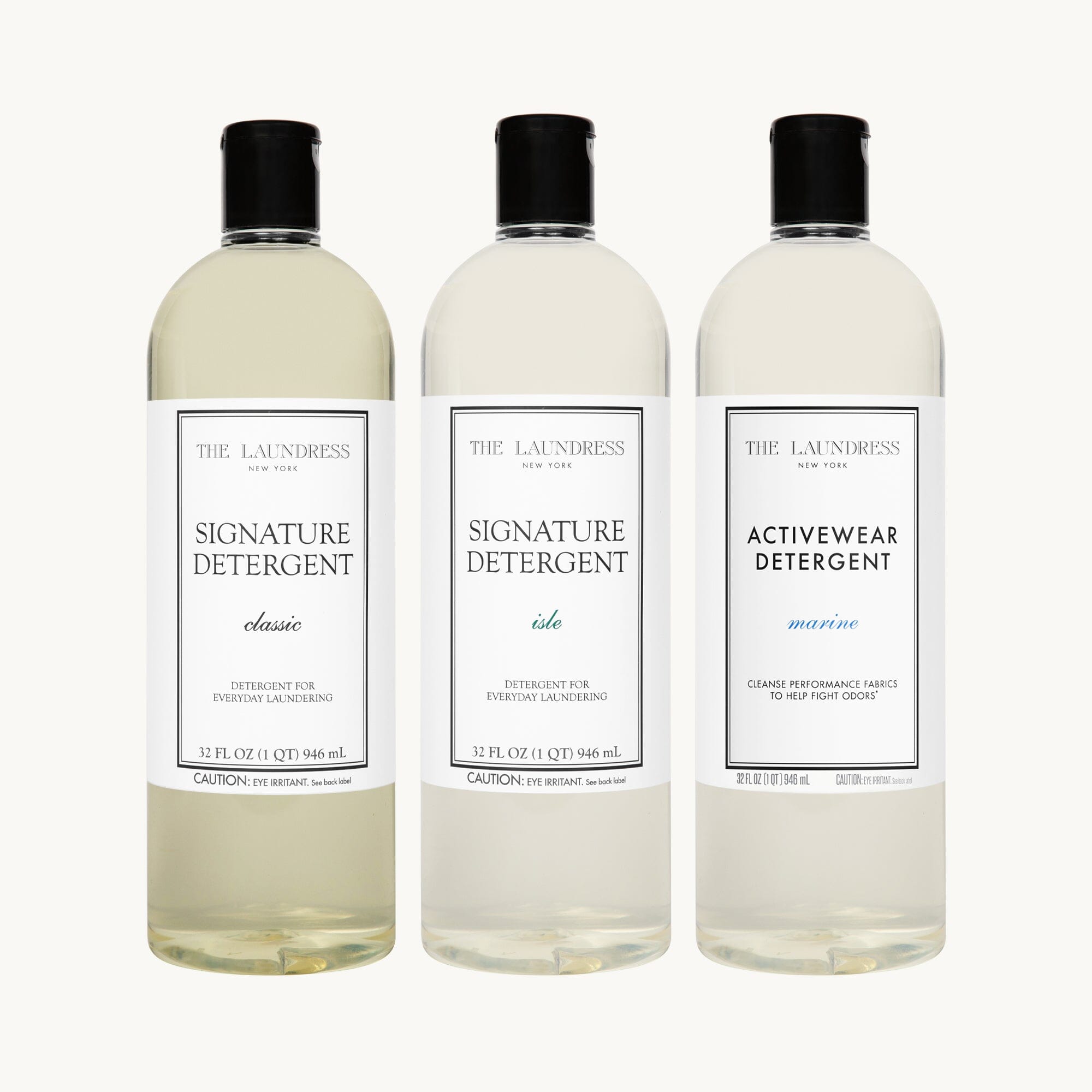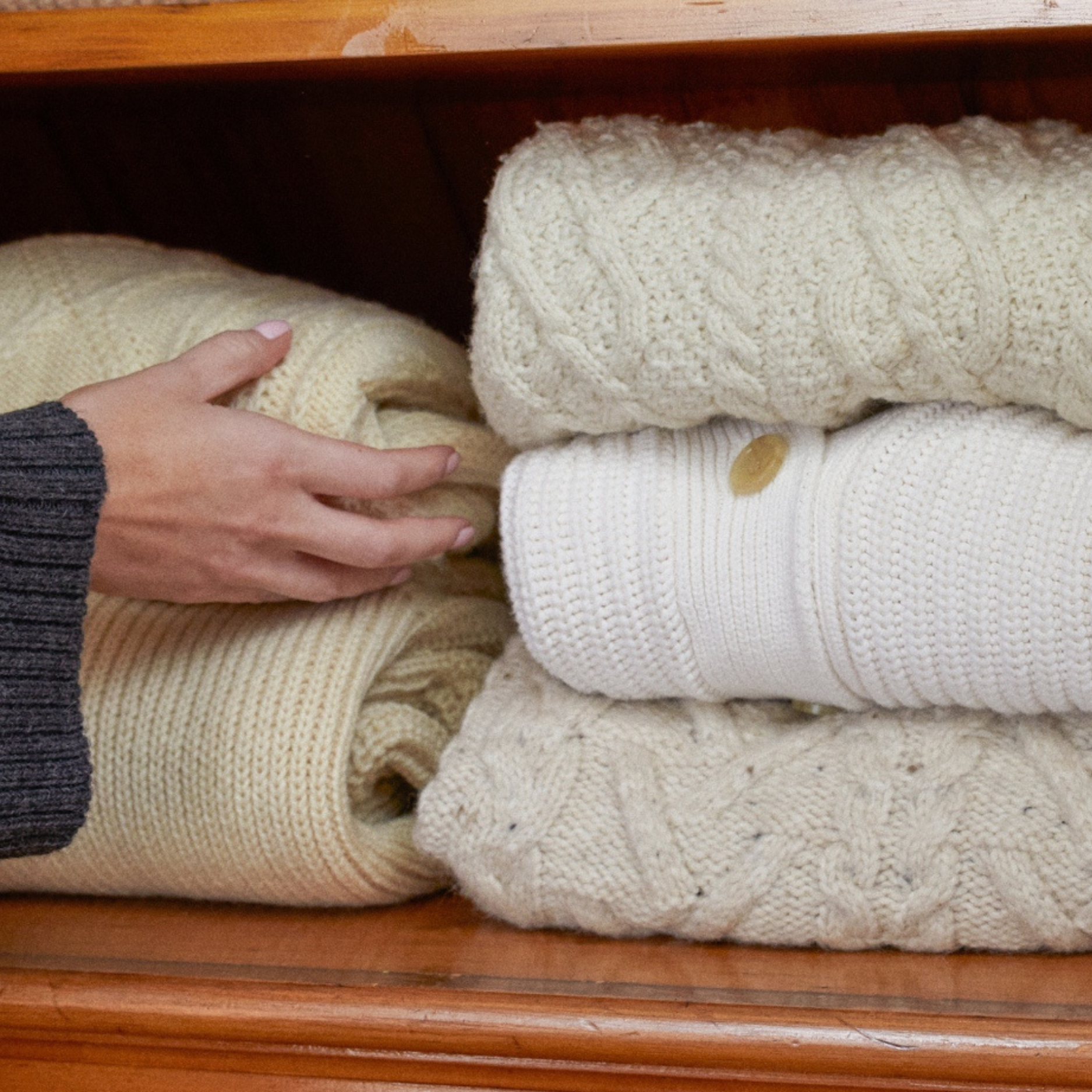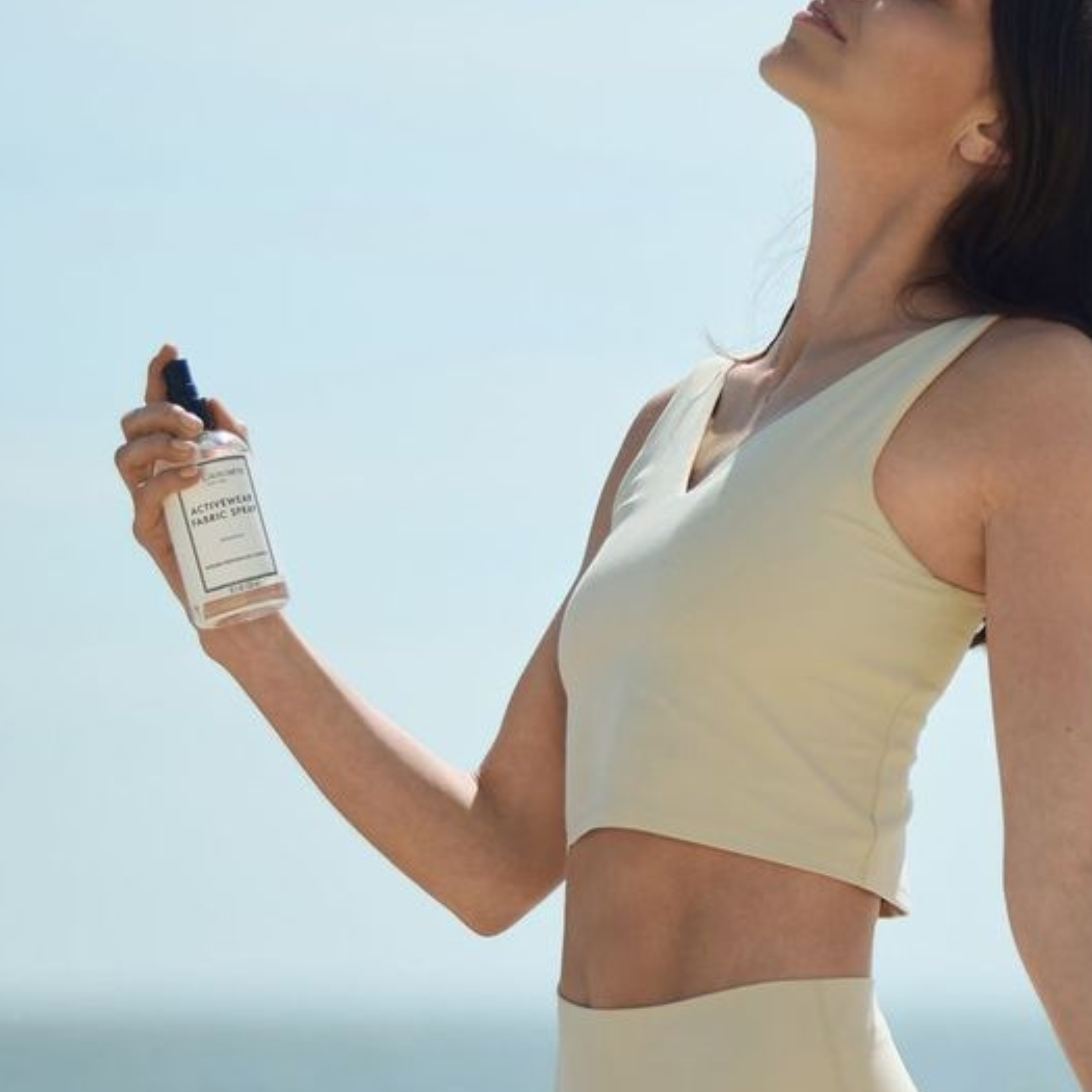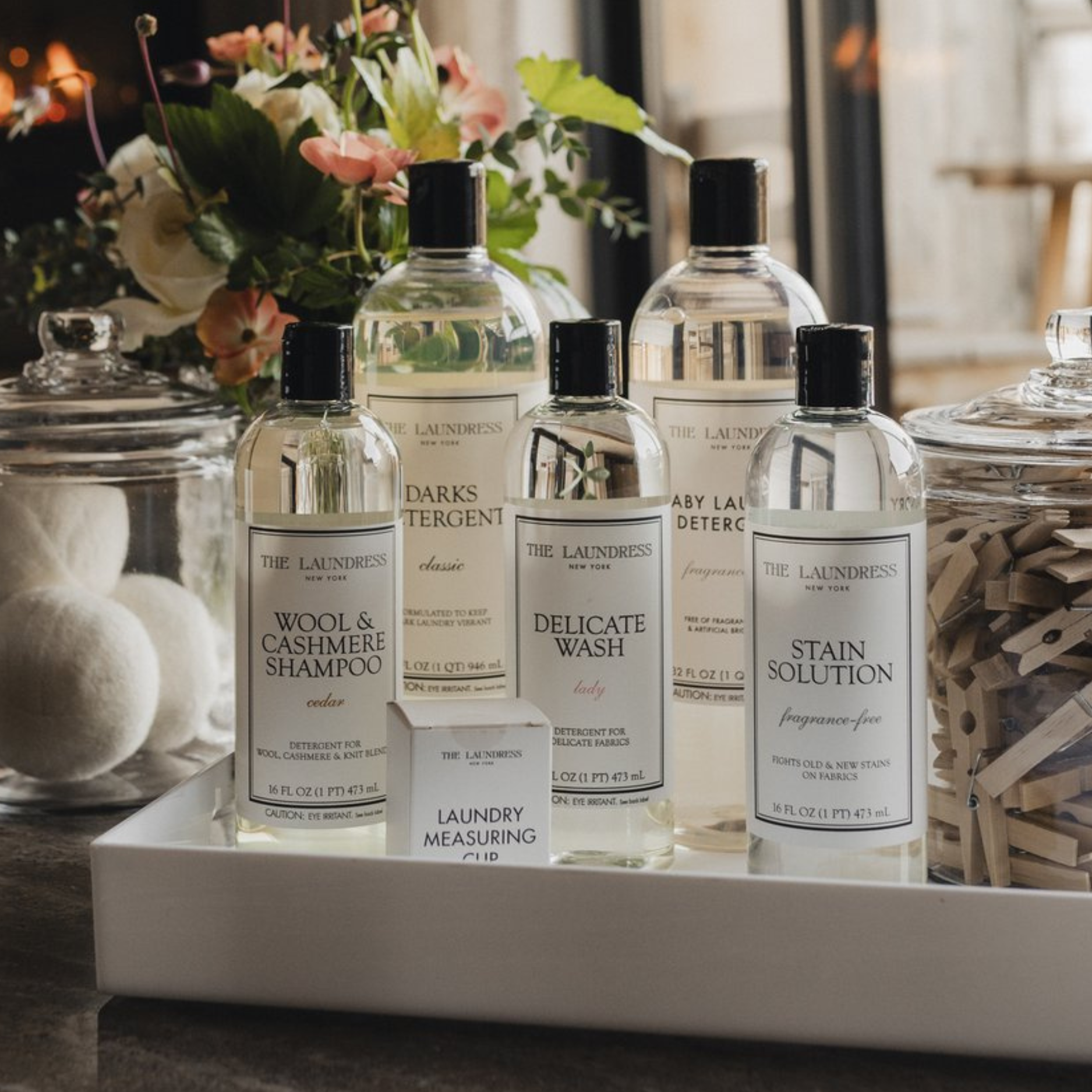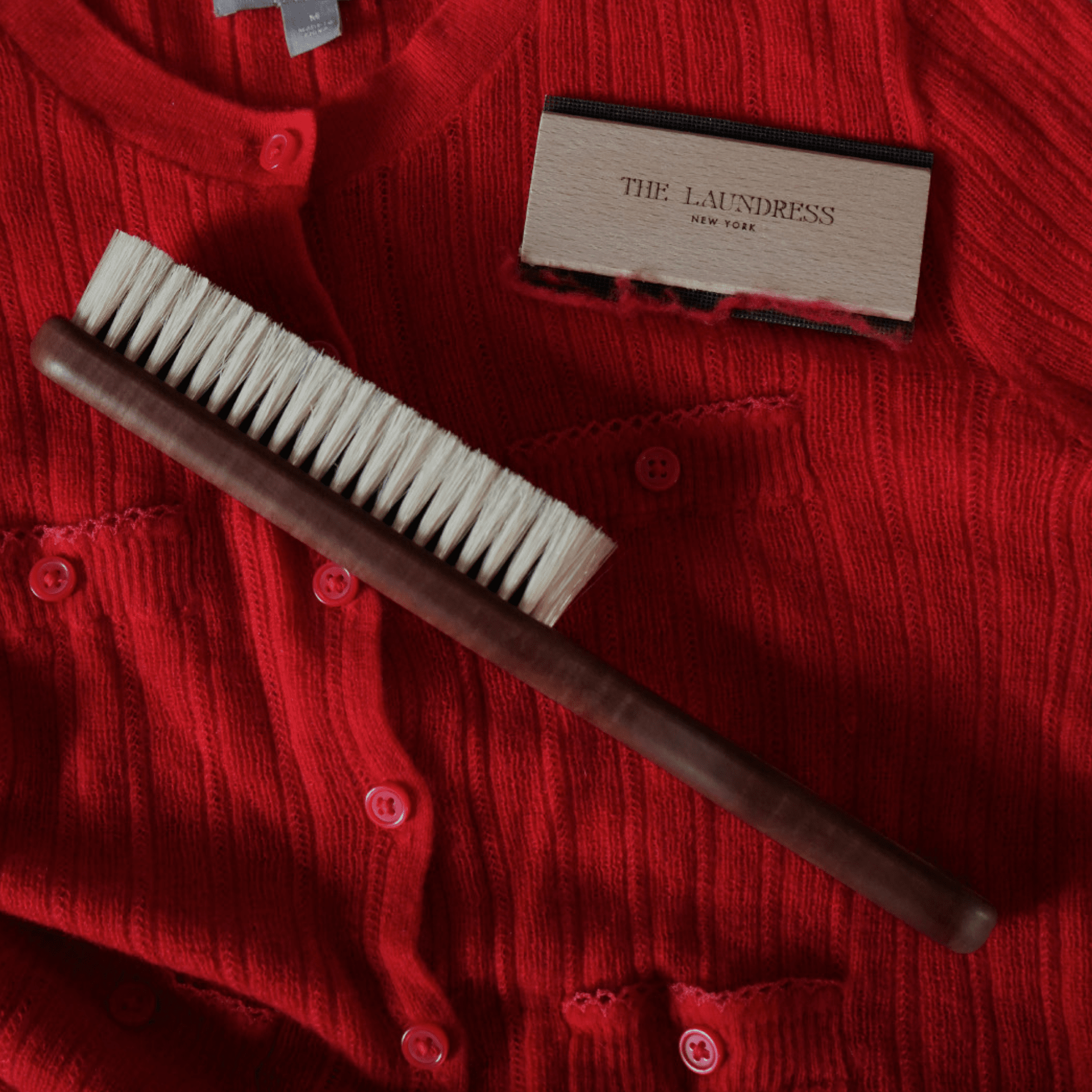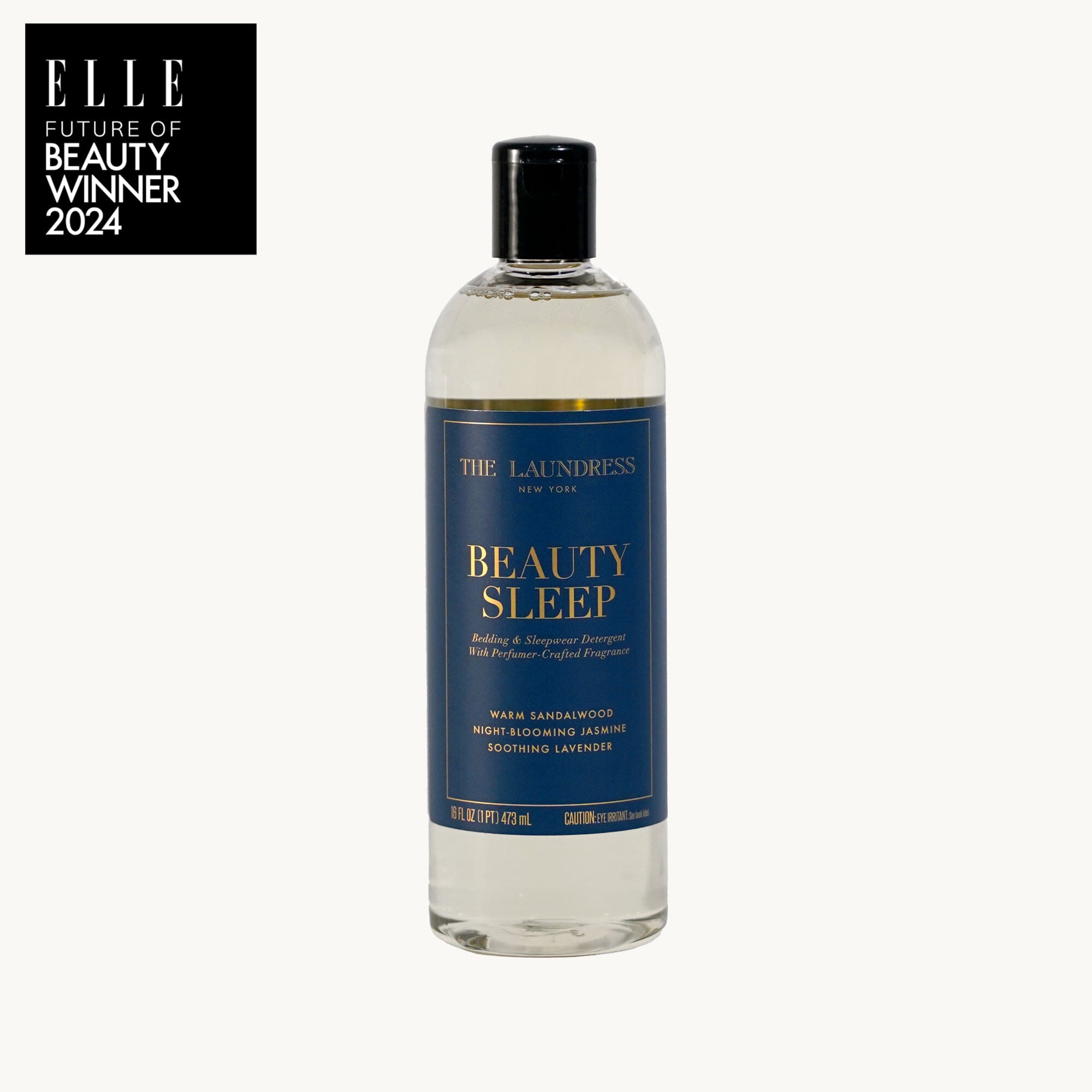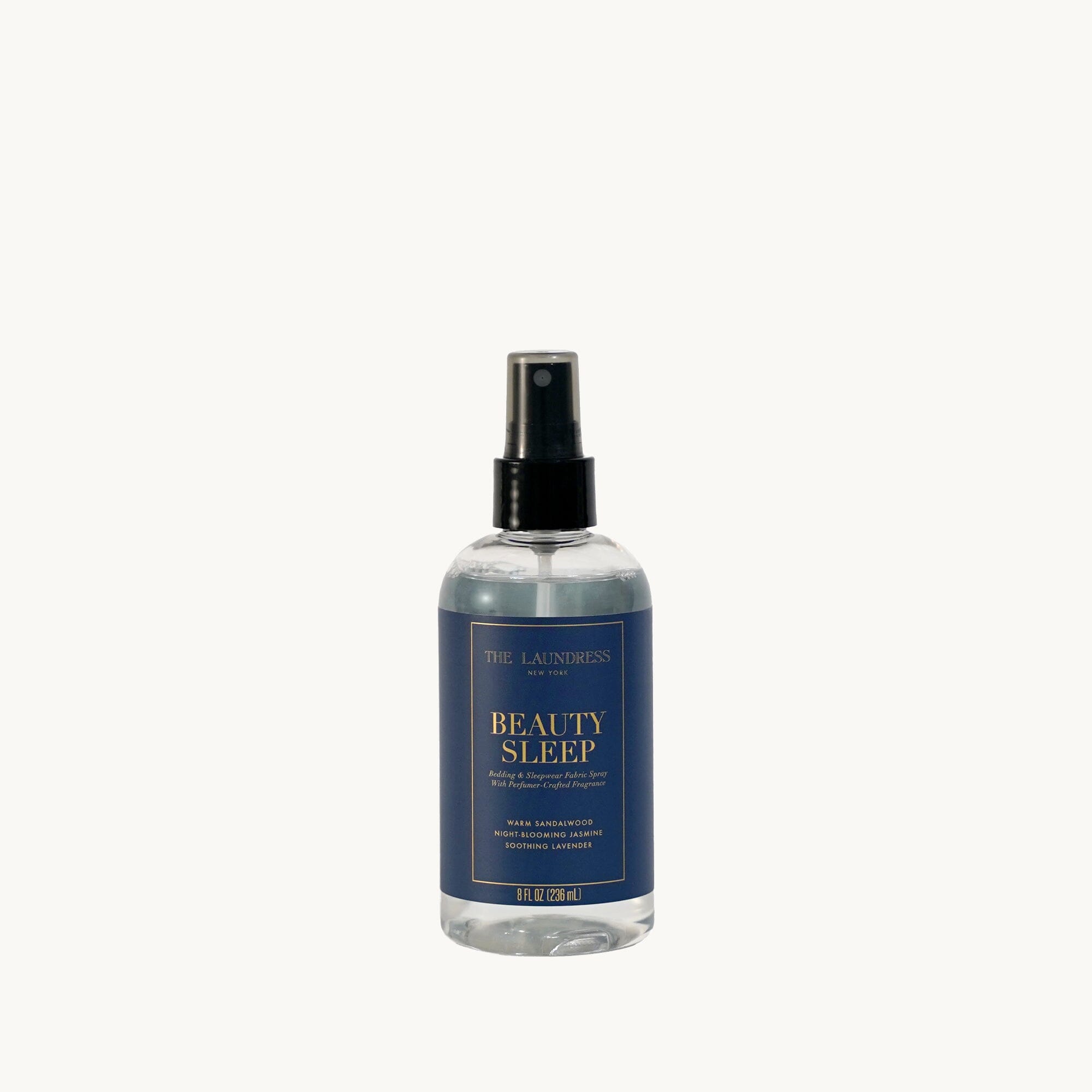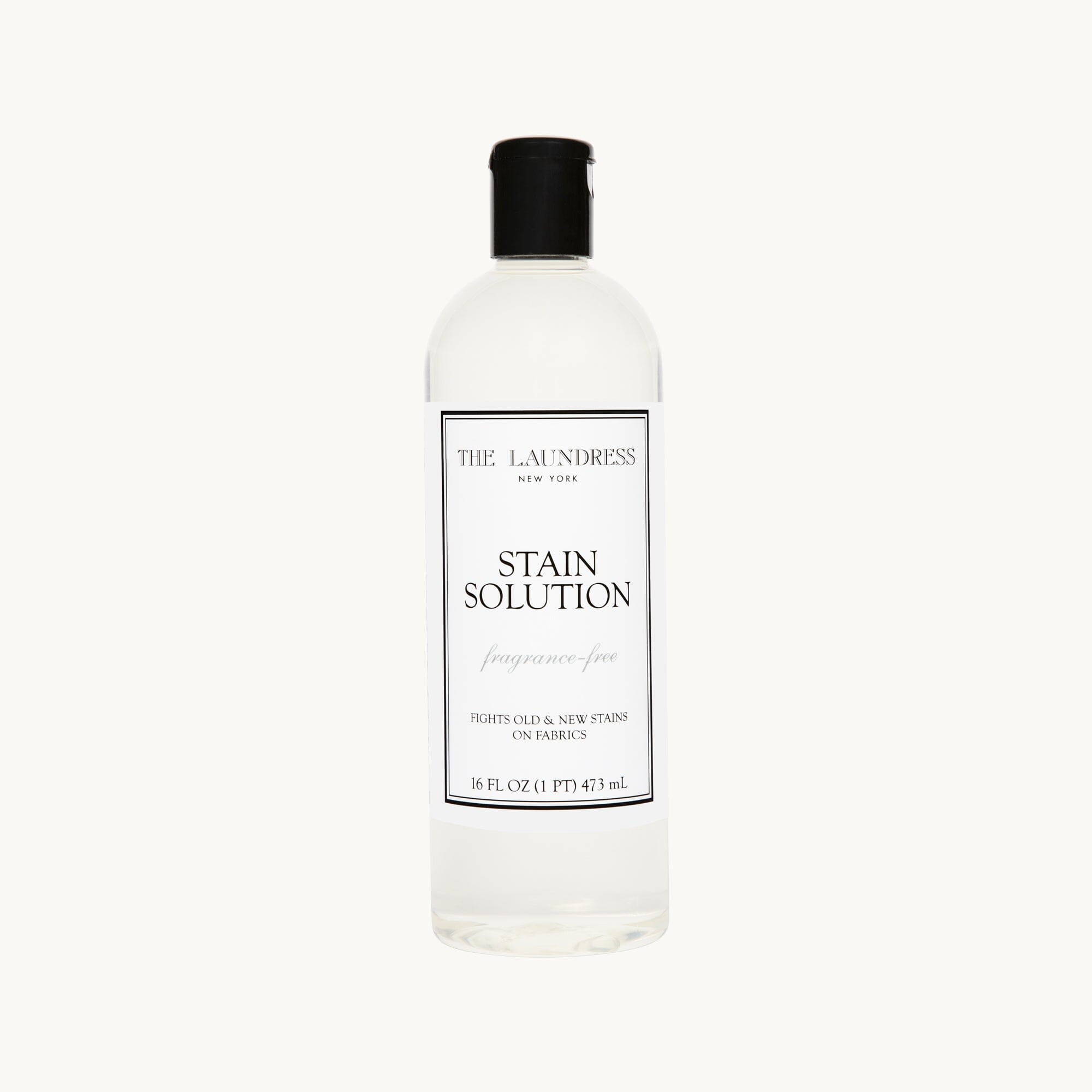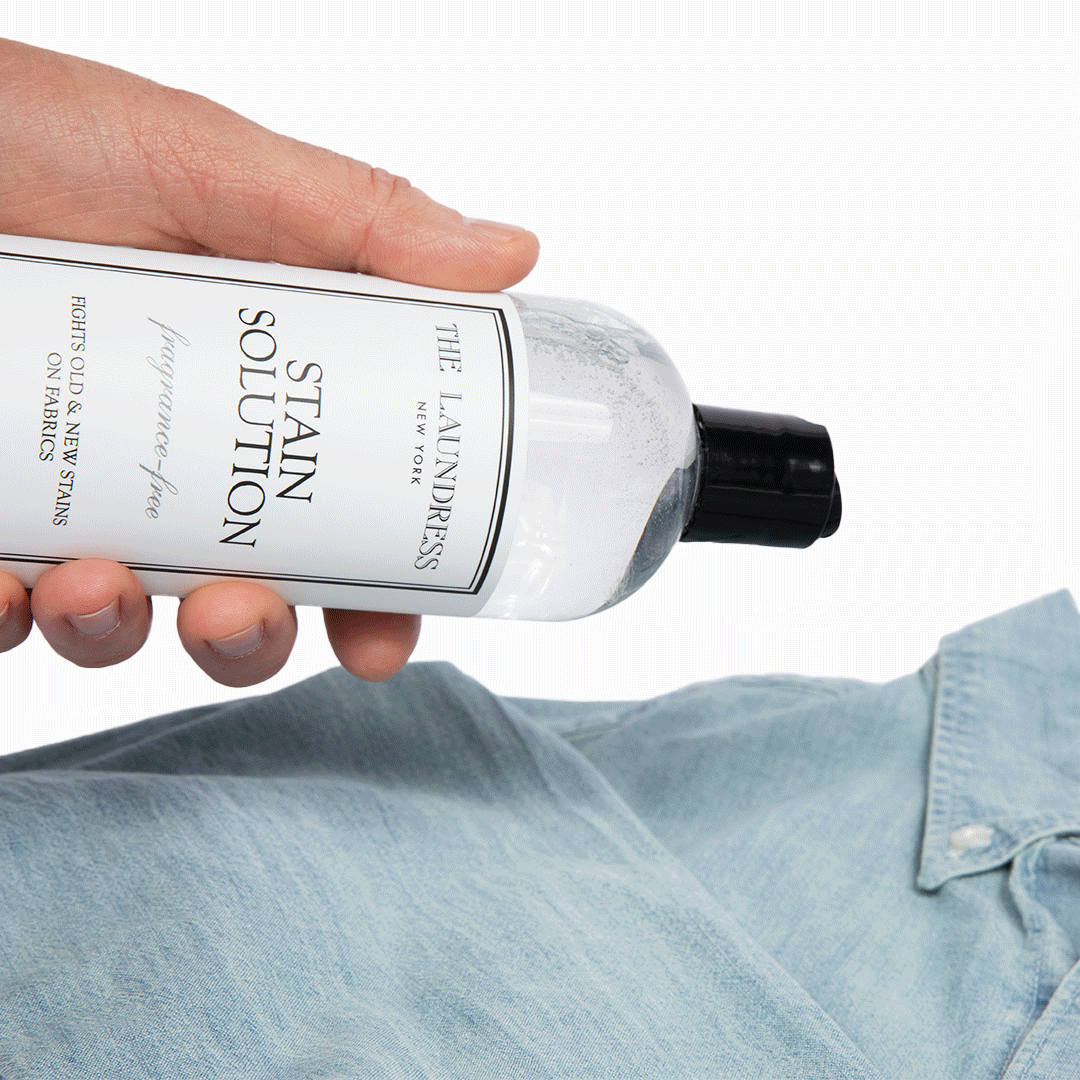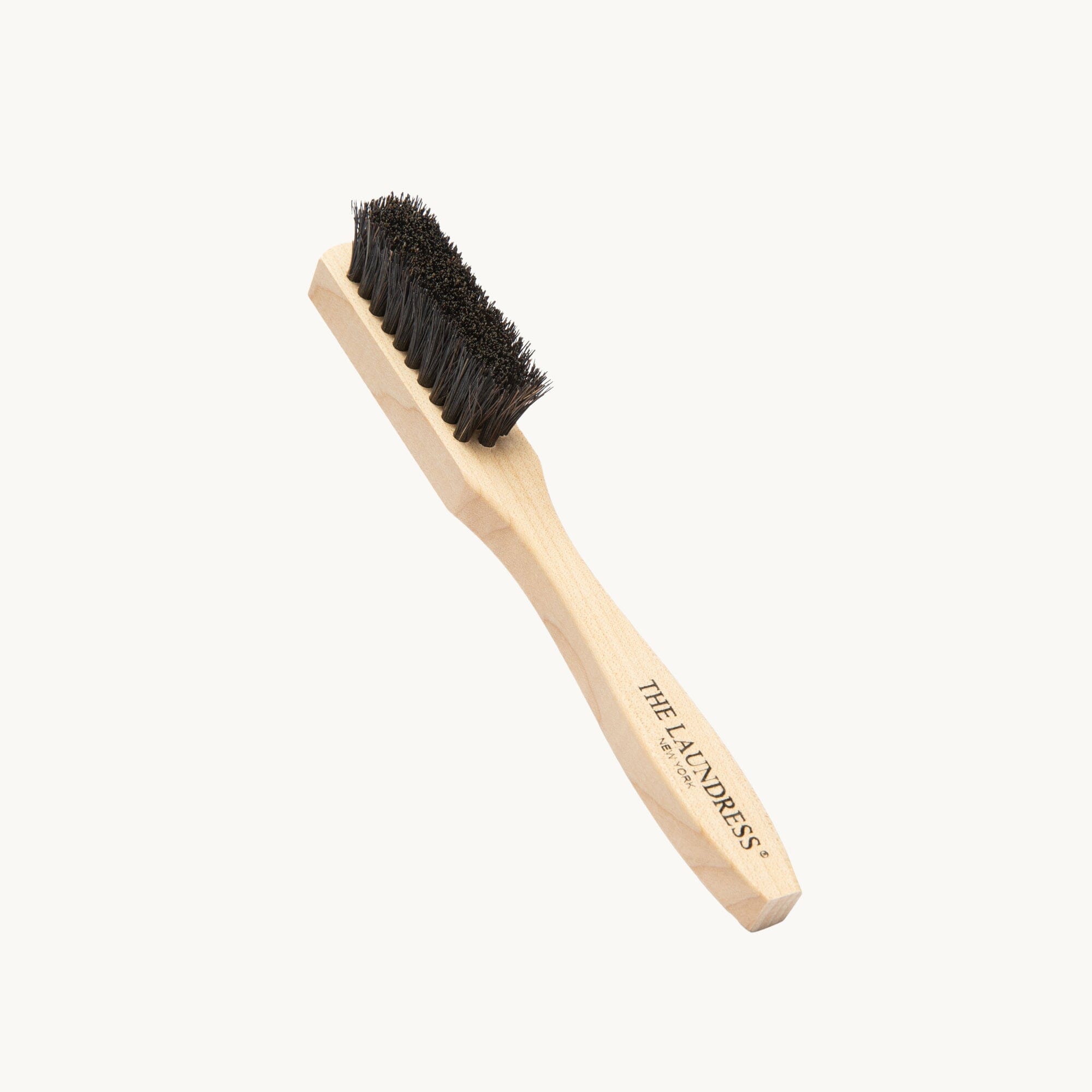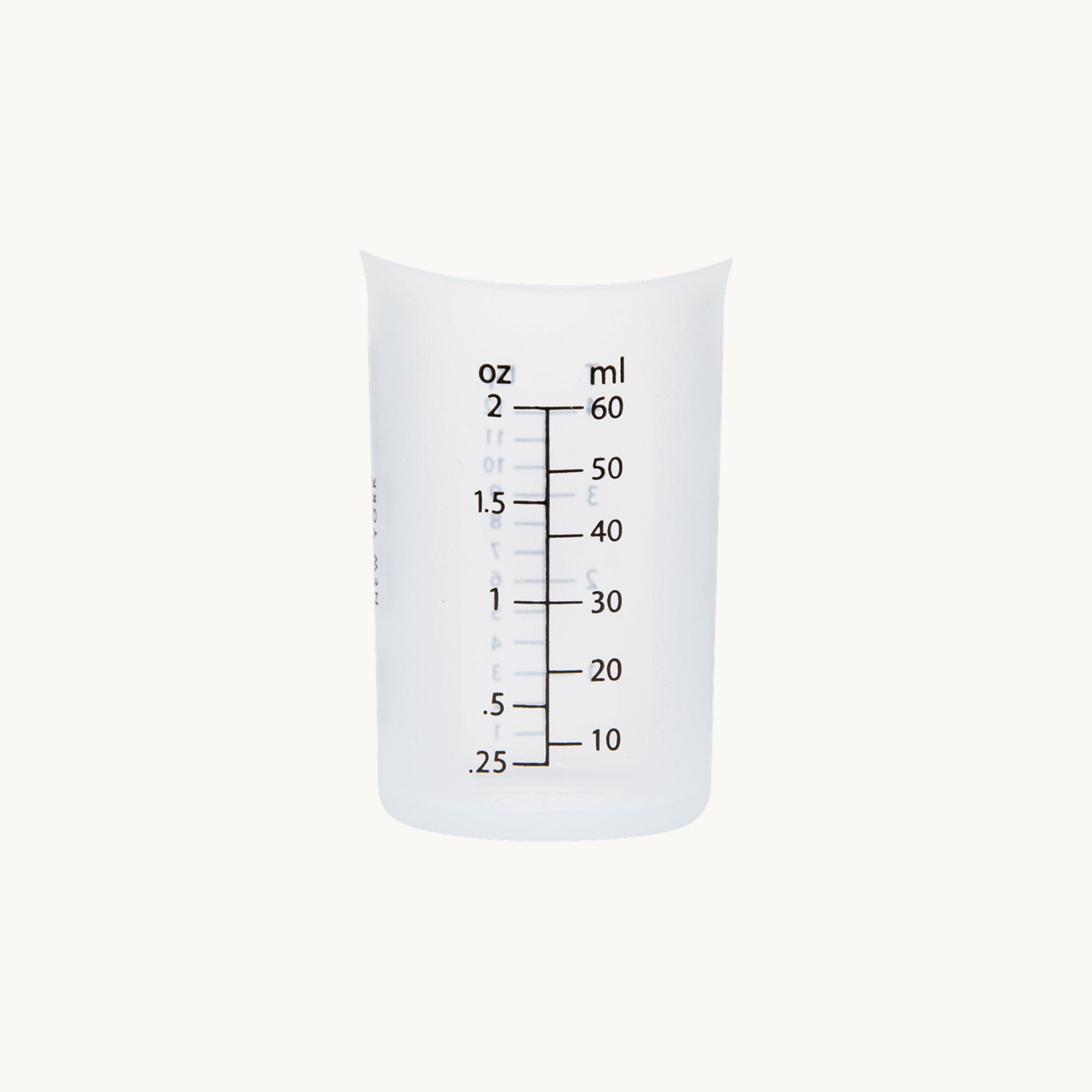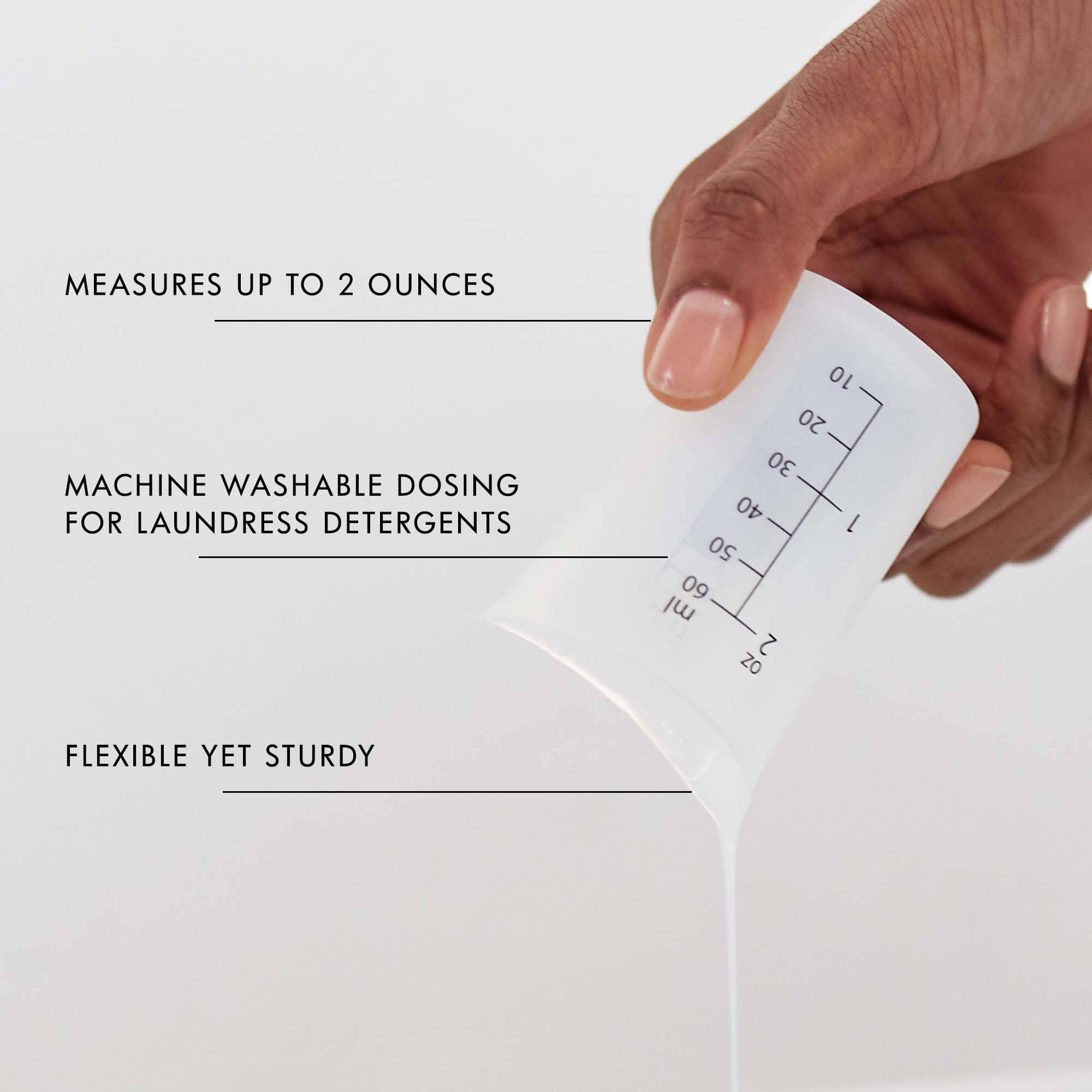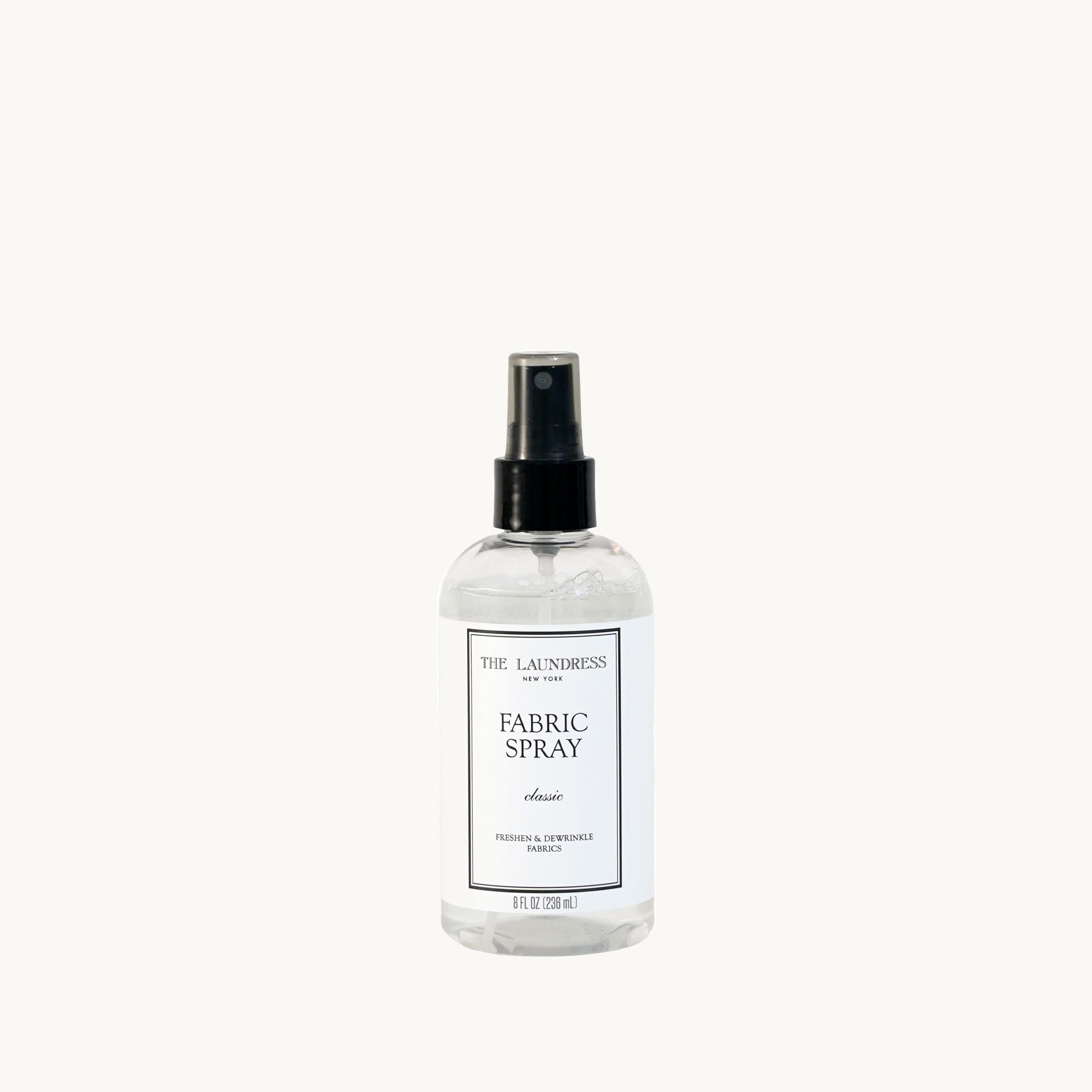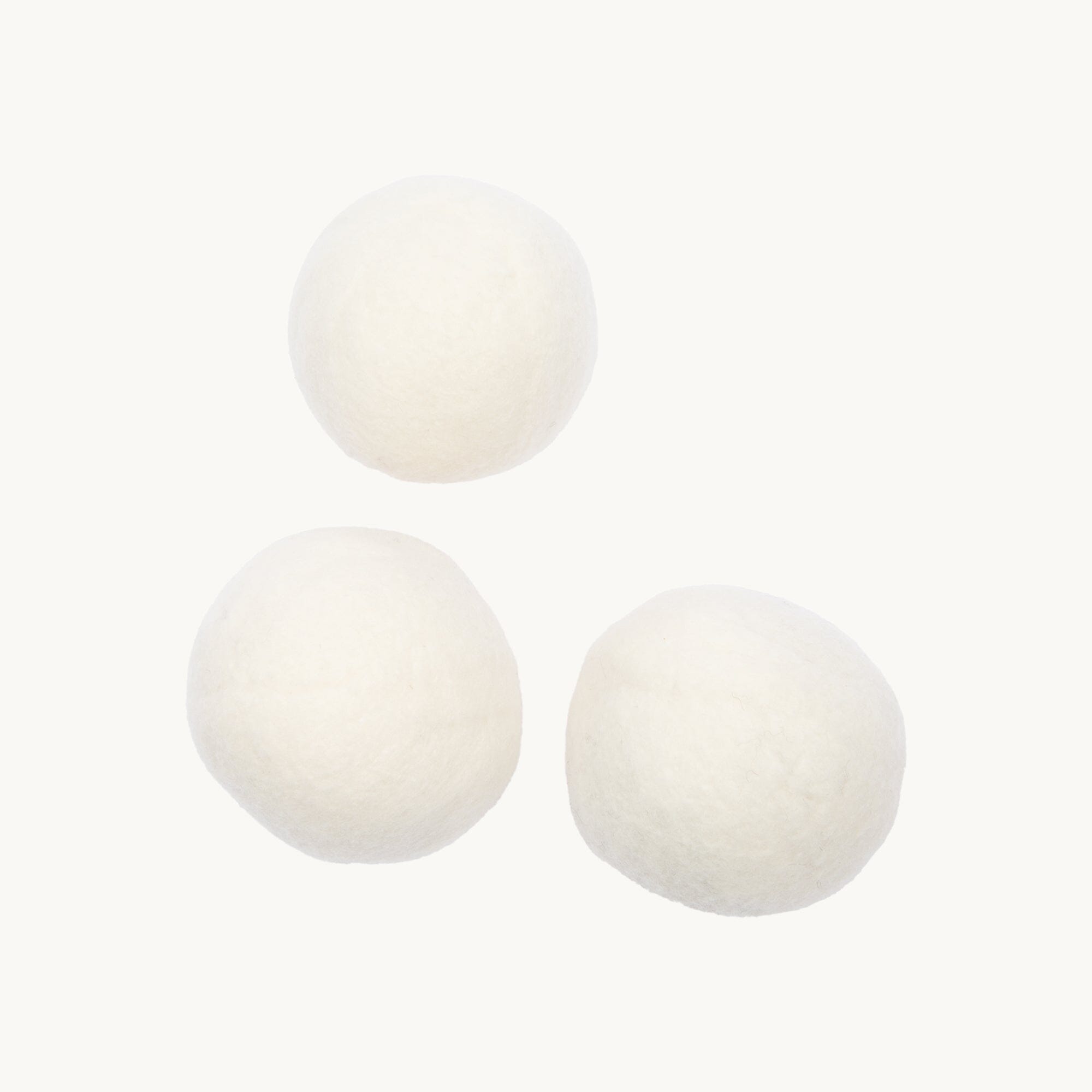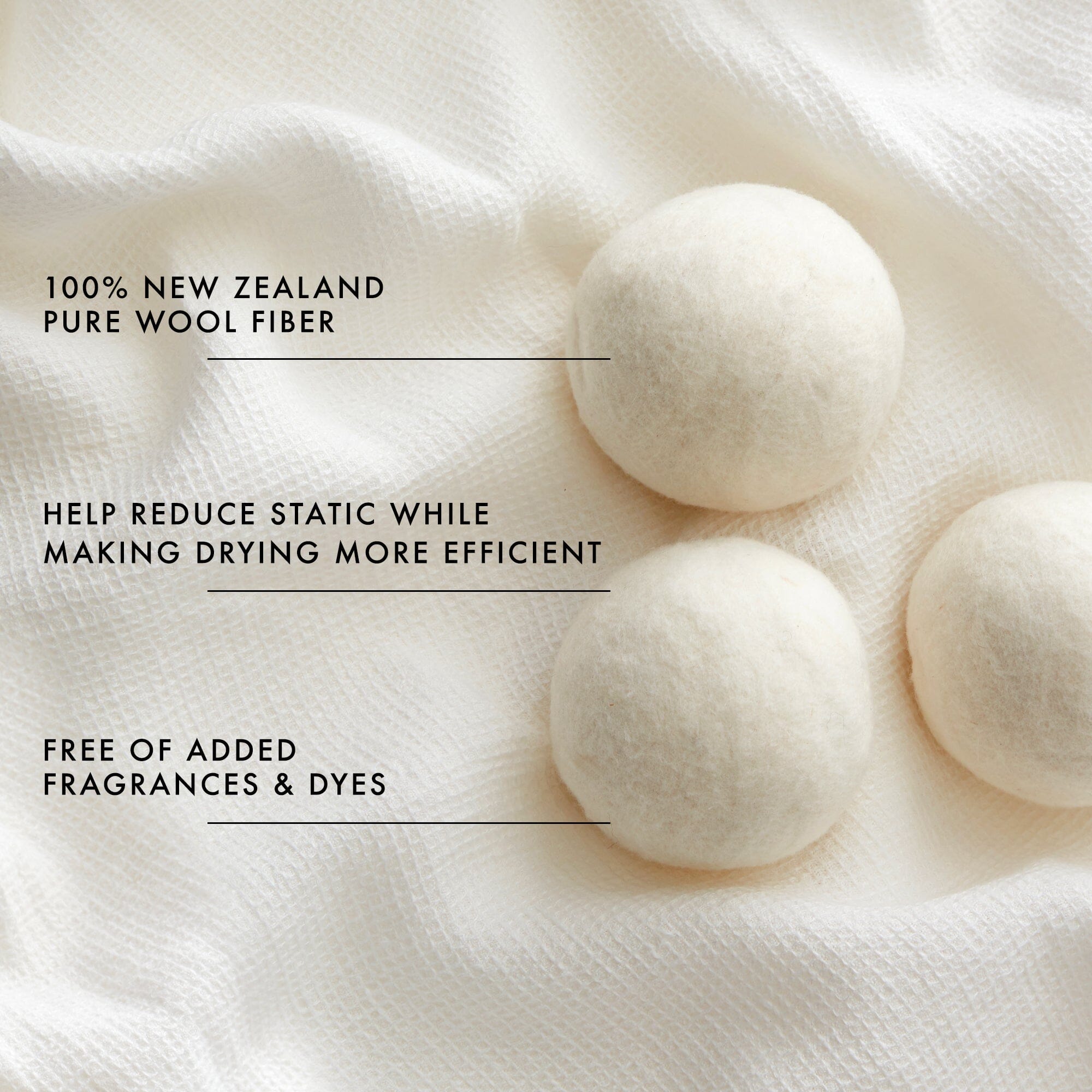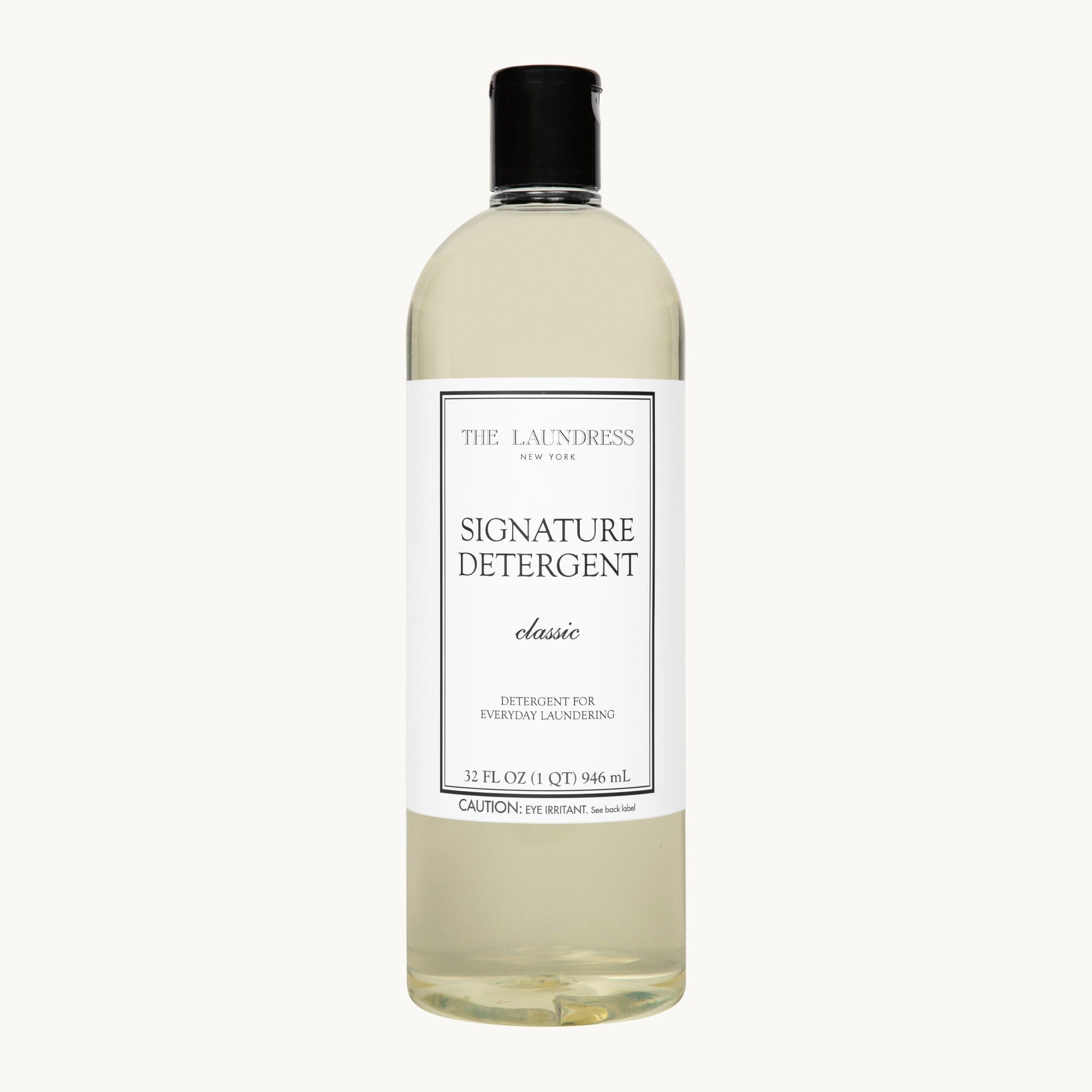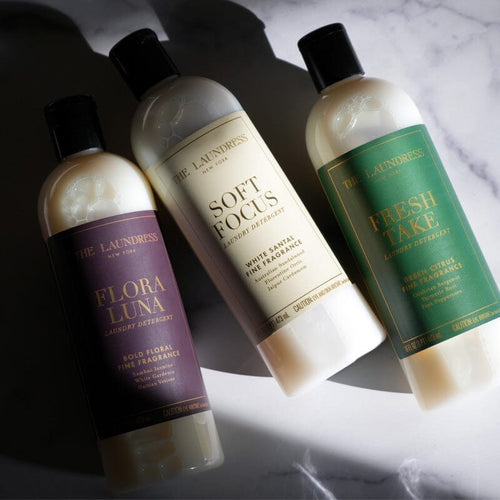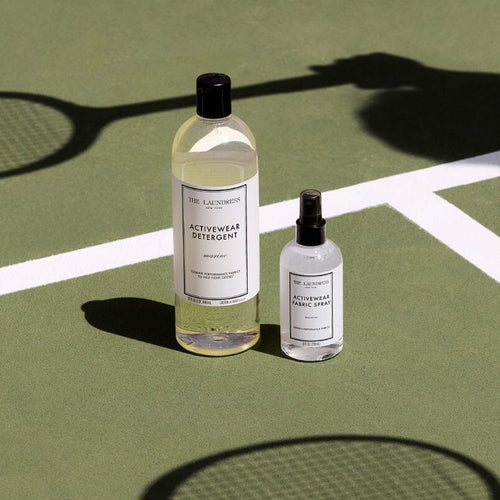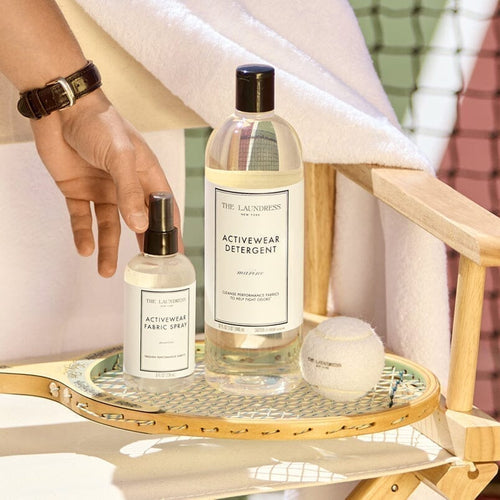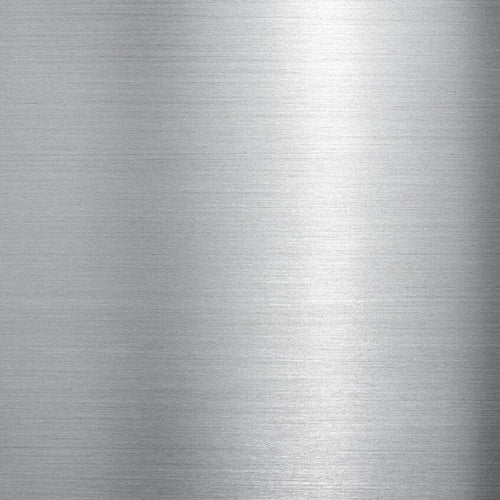What water temperature should I use for cottons? Does hot or cold water shrink clothes? What temperature should I use to wash delicates? These are common questions we get from our community– that's why we created the Understanding Water Temperature guide to help you understand when to use hot, warm, cold and cool water!
When to Use Hot Water
Hot water is generally the most powerful option for deep cleaning everyday fabrics. It should only be used on items that are tagged as hot water-washable, like cottons or other durable fabrics. Be sure to check for manufacturer recommendations before washing.
Does hot water shrink polyester? What about jeans? Aggressive on textiles, we recommend using hot water to launder only heavily soiled or odorous items made from strong fiber like cotton, and durable synthetic fabrics. Never use hot water on delicate fabrics, as it can cause damage or shrinkage to the garment. When everyday items are only moderately or mildly soiled, try opting for warm water instead. When it comes to water temperature, err on the side of caution (the colder the safer) and default to a gentler treatment when unsure.
When to Use Warm Water
Warm water has good cleaning power without being too aggressive on most everyday fabrics. It's ideal for cotton, linen, polyester, and durable synthetics that are somewhat dirty, but not heavily soiled (for heavily soiled items, we recommend using hot water if the fabric can tolerate it). Warm or tepid water can also be used to wash fabrics that are dark or colored, as well as some delicate synthetics and lingerie.
Both hot and warm water can cause certain items to shrink. Warm water will shrink them more gradually over multiple washes. Use cooler water to be safe and conserve energy.Does warm water shrink clothes?
We recommend washing towels on a hot, long wash cycle to deep clean and remove residue from body oils, makeup, and skincare products. This will also ensure your towels stay bright, free of odors, and fluffy.What temperature should be used to wash towels?
Wash dark clothes separately for best results and to prevent the colors bleeding onto light clothing. We recommend washing most everyday dark fabrics in warm or cold water. Be sure to turn them inside out to avoid fading. Do you wash darks in hot or cold water?
Cotton, linen and durable synthetics can be washed in hot water, but it's best to err on the side of caution when it comes to water temperature (the colder the water, the more gentle on clothes). Wash cotton with the Signature Detergent on the normal cycle with hot water to get the deepest clean. To help avoid shrinking your cotton items, alternate cold washes with hot washes, and air dry or low-heat dry when possible. Because each fabric has a certain maximum shrinkage capacity, hot and warm water will often have the same effect on an item over time. We prefer to use cold water on items at risk for shrinking. To avoid shrinkage, simply use cold water and don't put the item in the dryer, because the heat from the dryer does shrink clothes more quickly and can affect garment construction as well.Does cotton shrink in hot or warm water?
What is the right water temperature for colors? Does hot water cause colors to fade?
Water temperature is not necessarily related to color loss - what matters more is the fabric composition. In theory, you can use any temperature to wash colors, dark or light. However, it's important to be sensitive to fabric makeup and dye process. Cottons and durable synthetics can typically take higher heat, while we recommend laundering washable delicates using cooler temperatures. Most fading typically happens as a result of the high heat and tumbling in the dryer. Normal wear and tear can also cause colors to fade over time. Hot water is often used to treat dinginess (resulting from fuzz and dirt that make colors look less vibrant). Washing clothes in hot water can help to remove this buildup and brighten colors. To keep clothes brighter for longer, consider skipping the dryer when possible and opting to air dry. Additionally, pretreating stains with Stain Solution and using a deep cleaning detergent like Signature Detergent helps to maintain a beautiful clean. Our Signature Detergent formula is designed to be effective in all water temperatures.
When to use cold or tepid water?
We recommend washing woolens and other delicate items with cold water. While it's generally safe to launder any washable item using cold water, we always recommend checking tags before washing. Our Delicate Wash and Wool & Cashmere Shampoo formulas are optimized to clean in cold water for your delicates and woolens.
Cold water temperatures generally do not shrink washable clothes. We recommend using cold water for sensitive, delicate fabrics like lingerie, eveningwear, and woolens. It's important to launder these items using a fabric-specific detergent like the Wool & Cashmere Shampoo for knits and woolens, and the Delicate Wash for delicate items like bras and eveningwear. Yes! It's important to use a deep cleaning detergent, like our Signature Detergent formula when washing everyday fabrics on cold. This detergent is designed to be effective in both warm and cold temperatures. Keep in mind cold water is generally not as effective as warm or hot water when it comes to removing heavy stains, discoloration, and dinginess that have built up over time and wears. After multiple washes using cold water without proper pretreating or the right detergent formula, you may eventually notice dull colors, yellow armpits or ring around the collar. Be sure to keep stains at bay on everyday fabrics by pretreating with our triple-enzyme Stain Solution formula and laundering on a warm to hot setting. For cotton, linen, and durable synthetics, try simply alternating cold or warm washes with hot washes, and air dry items when feasible, as the majority of fabric damage and shrinking actually occurs in the dryer. If you're interested in saving energy, here are some tips:Does cold water shrink clothes?
Is it OK to wash with cold water to conserve energy?
Automated Machine Temperature Selection
What if my machine automatically picks a water temperature when I set the wash cycle? Some machines automatically select a water temperature based on the cycle setting, whereas other machines require the temperature to be set manually. If you want to use a water temperature that's different from the one selected by the machine, you can override the setting. Simply follow the manual's instructions to learn how to do this.
For example: At The Laundress headquarters, when we select the Woolens cycle on our washing machine, warm water is used. Since we always wash our woolens in cold water, we manually override the temperature, selecting cold water instead.
Shop The Story
Fights Old & New Stains On Fabrics
Aid Stain Removal
Dosing For Fabric Care
Dewrinkle Fabrics & Clean Laundry Scent
Fluff & Reduce Static During Drying
Detergent For Everyday Laundering






